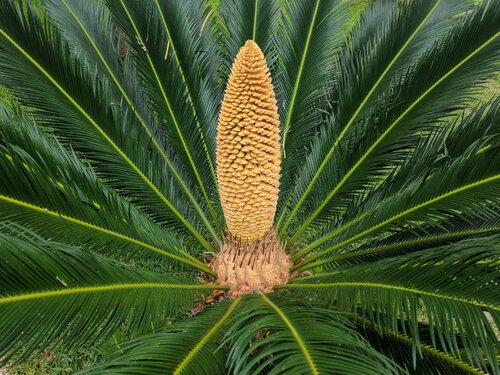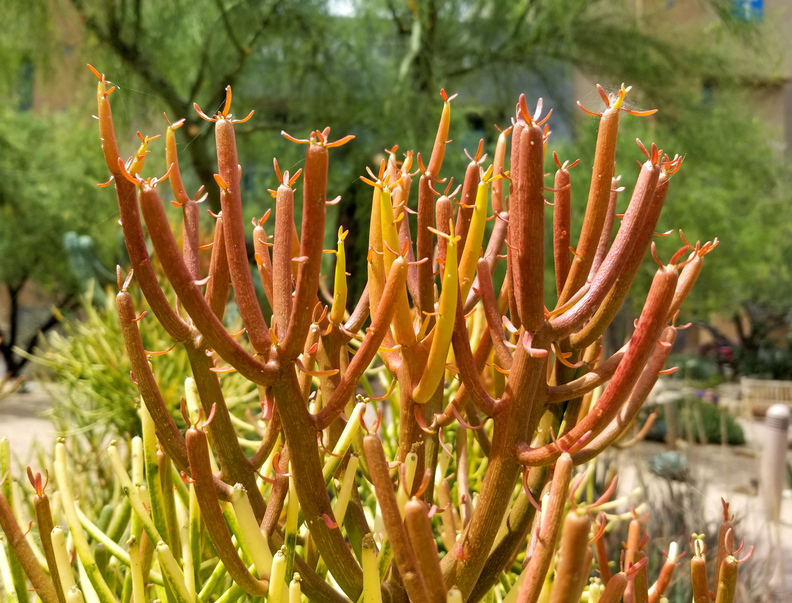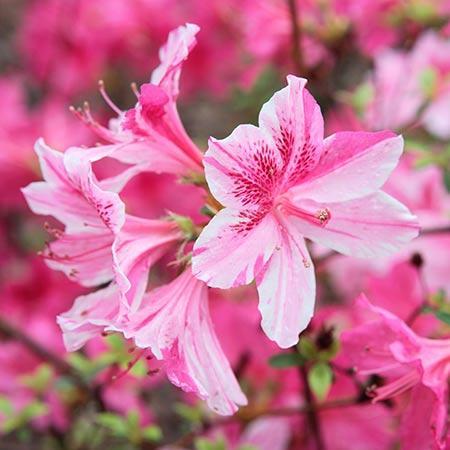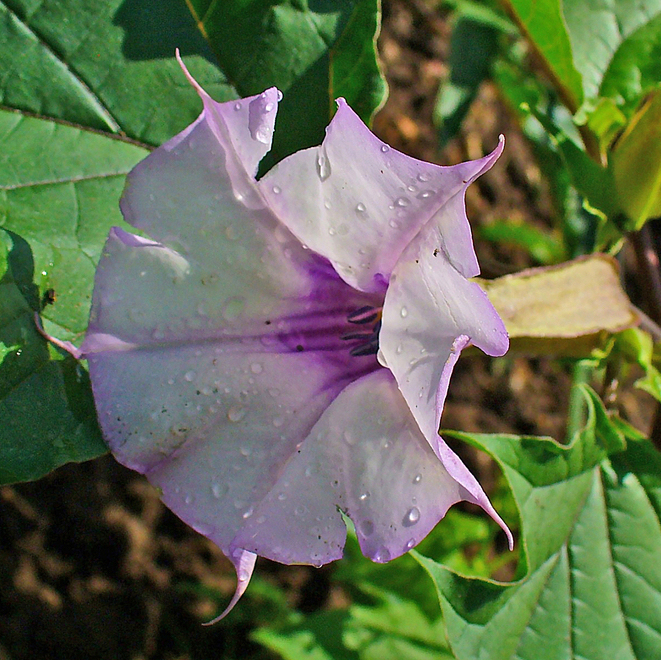30 Aug Five Common Poisonous Plants For Your Pets
Plants provide us with so much. Shade to keep us cool, beautiful flowers to amaze our eyes and fill the air with their scent and delicious fruits to keep our bellies full. There is another side to some plants though, a dark side. Many of the plants from around the world have evolved complex chemical potions that they store in their bodies, flowers and fruit that are designed to repel, intoxicate and kill. Beware of these 5 common garden plants:
1. Cycas revoluta – also known as the sago palm and originating in Japan, all parts of this plant are toxic if consumed. The chemical responsible for this is known as cyasin and is most concentrated in the seeds and if ingested may lead to liver failure. Symptoms of Cycas poisoning begin approximately twelve hours after ingestion and may include vomiting, weakness and seizures and, in extreme cases, death. Both humans and canines are susceptible to the poisons found in this plant and if ingestion is suspected contact your doctor or vet immediately.
2. Euphorbia tirucalli – this plant is an African native found throughout the drier regions of the continent. When injured the plant produces a highly toxic, milky latex that should be avoided at all costs. Ingestion may lead to death but even general physical contact can be dangerous. On contact with skin, the milky sap may cause burning, irritation and even blistering and may cause blindness if the eyes become exposed to the plant juices.
3. Nandina domestica – commonly called Sacred Bamboo this plant can be found in gardens and parks across the country and while the red foliage can be stunning to look at, those bright colours should be seen as a warning. The fire-engine red berries contain the deadly poison cyanide. These tiny fruits are toxic to both humans and animals and even birds have been known to suffer from their toxic effects. Contact a medical professional immediately if you suspect one of your friends, family or pets have eaten these deadly berries.
4. Azaelea – while one would need to eat a large amount of plant matter to be seriously affected by the Azaeleas toxins, eating small amounts of the plant may still lead to mouth irritation, nausea and vomiting. Interestingly, these poisons can be concentrated by bees who utilise their flowers for honey production. Azaelea tainted honey, also known as mad-honey, may also cause extremely low blood pressure and heart arrhythmia in addition to the aforementioned symptoms if consumed.
5. Datura stramonium – commonly known as Moonflower, these stunning plants come to us from the jungles of South America. All parts of the plant are considered toxic from the roots to the bark to the flowers and seeds. Moonflower contains a number of potent chemicals including atropine and scopolamine and if ingested may lead to confusion, delirium, elevated heart rate, dry mouth and sweating. In its country of origin, mothers are said to warn their children from even sleeping beneath this tree for fear that the falling pollen or sap may affect them.
If you suspect any humans or animals have eaten or come into contact with a toxic plant or substance please immediately call: Poisons Information Helpline 0861 555 777
To have the plants removed and replaced please contact PlantLife Artscapes directly info@plantlifesa.co.za

Cycas revoluta 
Euphorbia tirucalli 
Nandina domestica 
Azaelea 
Datura stramonium


